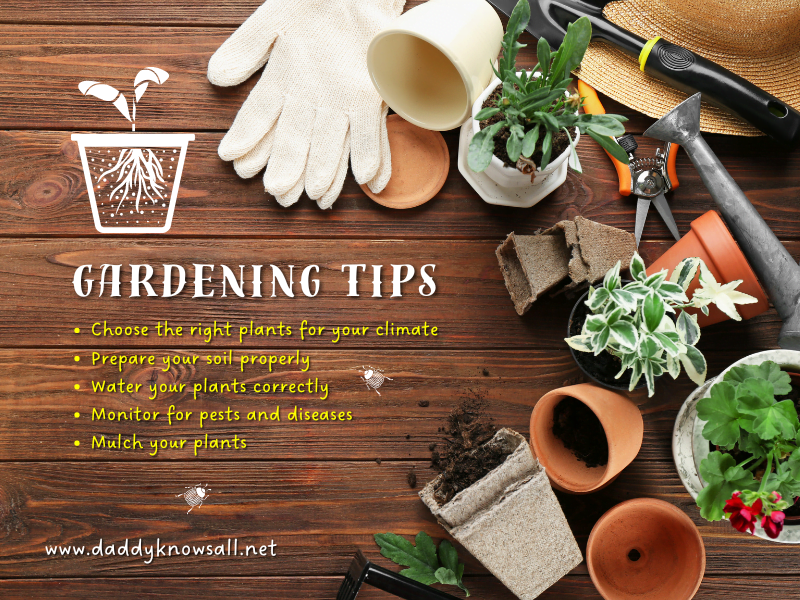Introduction
Starting a home garden is an exciting venture, but choosing the right plants can be a bit overwhelming. Whether you’re aiming for a vibrant display of flowers or a sustainable vegetable garden, selecting the appropriate plants is crucial for a thriving garden. In this article, we’ll guide you step by step on how to choose the best plants for your home garden, ensuring it flourishes for years to come.
How to Choose Plants for Your Home Gard
Understanding Your Garden Space
Before selecting any plants, it’s essential to understand the specifics of your garden space. Knowing the amount of sunlight your garden receives, the type of soil, and the climate in your area will help you make informed choices.
Assessing Sunlight Exposure
Different plants require varying amounts of sunlight. Observe your garden throughout the day to determine which areas receive full sun, partial shade, or full shade. This will be key in selecting plants that will thrive in your specific conditions.
Soil Type and Quality
The type of soil in your garden can greatly affect plant growth. Is it sandy, clayey, or loamy? Each soil type has different water retention properties and nutrient availability. You can test your soil’s pH and nutrient levels to better understand its quality and amend it as necessary.
Climate Considerations
Your local climate will play a significant role in plant selection. Some plants thrive in hot, dry climates, while others prefer cooler, moist conditions. Be sure to choose plants that are well-suited to your region’s climate.
Types of Home Garden Plants
There are various types of plants you can choose for your home garden, each offering unique benefits. Let’s explore some of the most popular categories.
Flowering Plants
Flowering plants add color and fragrance to your garden, making it a lively and inviting space.
Annuals vs. Perennials
Annuals bloom for one season and then die, while perennials return year after year. Depending on how much maintenance you’re willing to do, you may prefer one over the other.
Popular Flowering Plants for Beginners
Consider starting with marigolds, petunias, or sunflowers, which are easy to grow and provide vibrant displays.
Foliage Plants
Foliage plants are valued for their leaves rather than their flowers, offering texture and color that lasts all year.
Ornamental Grasses
Ornamental grasses add movement and structure to your garden. They are usually low maintenance and can thrive in a variety of conditions.
Ferns and Palms
Ferns are great for shaded areas, while palms can bring a tropical feel to your garden.
Edible Plants
Growing your own food is both rewarding and practical. Edible plants include vegetables, herbs, and fruits.
Vegetables
Tomatoes, peppers, and lettuce are some of the easiest vegetables to grow for beginners.
Herbs
Herbs like basil, mint, and rosemary are not only easy to grow but also useful in the kitchen.
Succulents and Cacti
Succulents and cacti are perfect for low-maintenance gardens. They require minimal watering and can thrive in sunny, dry conditions.
Easy-to-Maintain Succulents
Aloe vera, jade plant, and echeveria are popular choices for beginners due to their hardy nature.
Popular Cacti Varieties
Consider growing cacti like the golden barrel, prickly pear, or the classic saguaro for a striking garden feature.
Choosing Plants Based on Your Garden’s Conditions
The key to a successful garden is matching plants to the conditions they will grow in.
Matching Plants to Sunlight Levels
Plants like roses and tomatoes need full sun, while hostas and ferns prefer shade. Choose plants that match the sunlight availability in your garden.
Selecting Plants for Different Soil Types
If you have sandy soil, consider plants like lavender or yarrow. For clay soil, try planting daylilies or asters.
Choosing Plants That Thrive in Your Climate
In warmer climates, plants like agave and bougainvillea do well. In cooler areas, consider planting lilacs or peonies.
Considering Plant Maintenance
Understanding the maintenance needs of your plants will save you time and effort in the long run.
Watering Needs
Some plants require frequent watering, while others are drought-tolerant. Make sure your plant choices align with how much time you can dedicate to watering.
Fertilization Requirements
Different plants have varying nutrient needs. Learn about the fertilization requirements of your plants to keep them healthy and thriving.
Pruning and Deadheading
Pruning helps plants grow better and keeps them looking neat. Deadheading, or removing spent flowers, encourages more blooms.
How to Create a Balanced Garden Design
A well-designed garden is not only beautiful but also functional. Here’s how to achieve that balance.
Mixing Different Types of Plants
Combining flowering plants with foliage and edible plants can create a garden that’s both visually appealing and practical.
Considering Plant Size and Growth Patterns
Think about how big your plants will get and how they will spread. Plan your garden layout to ensure plants have enough space to grow.
Using Color and Texture for Visual Appeal
Varying plant colors and textures can make your garden more interesting. Consider mixing tall, spiky plants with shorter, bushy ones for contrast.
Popular Home Garden Plant Combinations
Certain plant combinations can enhance your garden’s beauty and productivity.
Companion Planting Tips
Some plants grow better together. For example, basil and tomatoes are known to benefit each other when planted together.
Example Combinations for Aesthetic and Practical Gardens
A combination of lavender, rosemary, and marigolds can create a garden that’s not only beautiful but also useful, as these plants repel pests.
Mistakes to Avoid When Choosing Plants
Avoid these common pitfalls to ensure your garden thrives.
Overcrowding Your Garden
It’s tempting to plant a lot in a small space, but overcrowding can lead to poor plant health and growth.
Ignoring Plant Care Requirements
Make sure you understand the care needs of your plants before buying them. Some may need more attention than you’re prepared to give.
Not Considering Mature Plant Size
Plants that start small can grow much larger. Be sure to leave enough space for your plants to reach their full size.
How to Purchase Quality Plants
Buying healthy, high-quality plants will set your garden up for success.
Buying from Reputable Nurseries
Purchase your plants from reputable nurseries that offer well-cared-for and healthy specimens.
What to Look for in Healthy Plants
Look for plants with vibrant, healthy leaves and avoid those with signs of pests or disease.
Avoiding Pests and Diseases
Inspect plants carefully for any signs of pests or diseases before purchasing them to avoid introducing problems into


